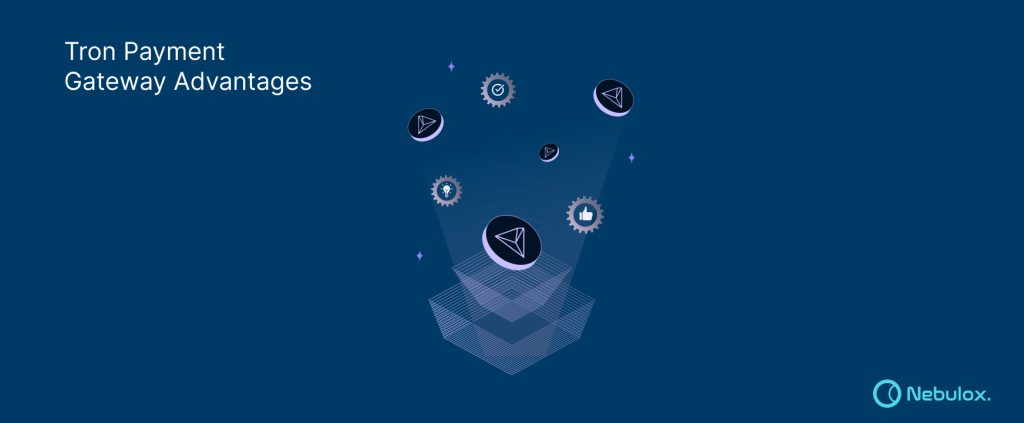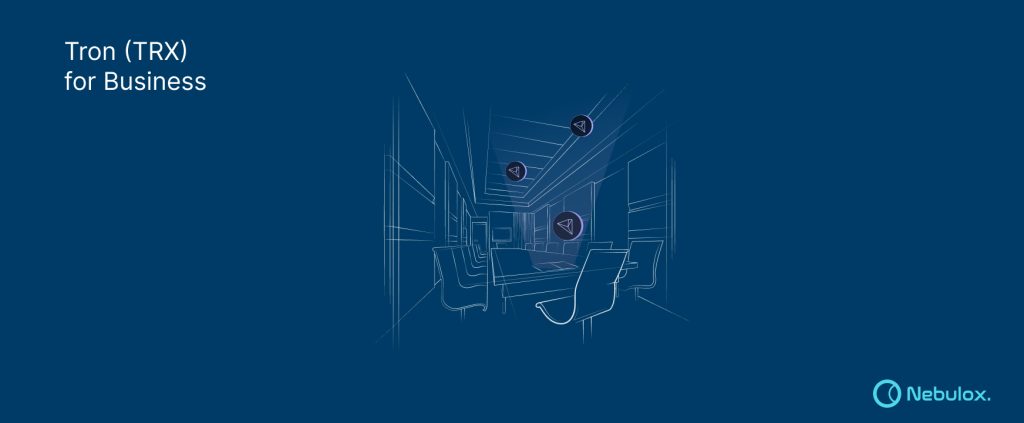When speaking about a truly universal payment method, cryptocurrencies are perhaps the best asset class. To think about it, making international transfers have always been a big hassle. Putting aside the bureaucratic and long process, the fees have always been a big drawback. With the introduction of Bitcoin, the world finally had a truly universal payment method. However, the lack of adoption remained as a discouraging factor. Fortunately, the explosion in popularity brought crypto assets into a mass adoption phase. As of 2023, the of reputable websites that accept Bitcoin is on a rise. On top of that, the emergence of scalable solutions and stablecoins has also helped a lot with e-commerce crypto payment methods.
For the very first time, we are witnessing the rise of a payment revolution spearheaded by crypto assets. With that, we can expect cryptocurrencies to become the dominant universal payment method in near future. This article will look into how crypto can potentially achieve this title and what are the obstacles.
Crypto as the Universal Payment Method
Frankly, the possibility of crypto assets reaching the top spot in transactions is growing by the day. Just a few short years ago, a vast majority of people did not even know what they are. Today, the exponential rate of adoption has brought out these assets to the public’s eye. Subsequently, more and more merchants and online platform accept crypto as payment to sell their product.
In terms of benefits of accepting cryptocurrency, they outperform pretty much everything else. From the low transaction fees, instant payment settlement to the improved anonymity, crypto is just better!
In terms of accessibility, the universal payment method should be available to anyone in the world. Consequently, this accessibility and ease of use goes beyond borders and regulations. Once again, this is where the banks have failed and crypto assets are there for the rescue. Undoubtedly, these assets have been helping the unbaked more than any other financial technology ever!
Despite all that, there are two primary obstacles standing in the way of crypto. Regulations and the centralized entities providing services in the segment.
The Barriers
First and foremost, the biggest hurdle that is yet to come is the regulatory action. Thus far, cryptocurrencies have managed to remain fairly unregulated due to their decentralized nature. However, as the adoption grows, more and more centralized companies appear and take large shares of the market in their hands. Sadly, that leads to unfortunate events like the FTX collapse and the Terra (LUNA) crash. Unfortunately, these scandals will not only slow down the adoption, but they also pave the way for hawkish regulators to stab a firmer grip on crypto assets.
And for the regulators, the most efficient method of imposing new laws is to target industry titans. Mind you, the market has been heavily relying on such centralized and massive organizations to functions. Therefore, a wave of strict regulations can potentially reduce the function and the utility of cryptocurrencies.
But not all is lost, assuming a worst case scenario for cryptocurrencies, the decentralized entities can easily bounce back and recover. Now, this can easily be a small hiccup in a long lasting growth process for crypto to become the universal payment method.
Let us know down in the comments what you think about the crypto revolution, how long do you think it will take?




